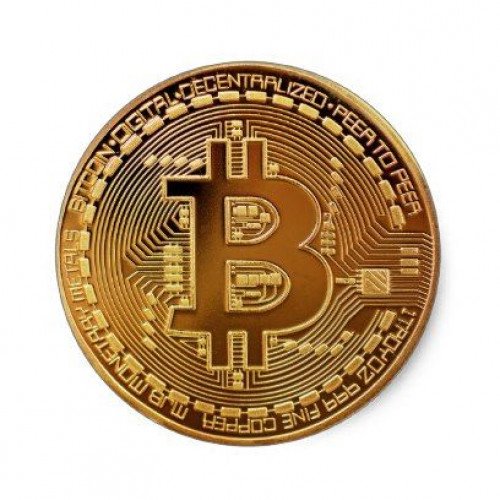Bitcoin vs Ethereum

Bitcoin
Bitcoin is a cryptocurrency invented in 2008 by an unknown person or group of people using the name Satoshi Nakamoto[15] and started in 2009[16] when its implementation was released as open-source software. It is a decentralized digital currency without a central bank or single administrator that can be sent from user to user on the peer-to-peer bitcoin network without the need for intermediaries. Transactions are verified by network nodes through cryptography and recorded in a public distributed ledger called a blockchain. Bitcoins are created as a reward for a process known as mining. They can be exchanged for other currencies, products, and services. Research produced by University of Cambridge estimates that in 2017, there were 2.9 to 5.8 million unique users using a cryptocurrency wallet, most of them using bitcoin.
Statistics for this Xoptio

Ethereum
Ethereum is a decentralized open source blockchain featuring smart contract functionality. Ether (ETH) is the native cryptocurrency token of the Ethereum platform. It is the second-largest cryptocurrency by market capitalization, behind Bitcoin.Ethereum was proposed in late 2013 by Vitalik Buterin, a cryptocurrency researcher and programmer. Development was funded by an online crowdsale that took place between July and August 2014. The system then went live on 30 July 2015, with 72 million coins minted. Ethereum provides a decentralized replicated virtual machine, called the Ethereum Virtual Machine (EVM), which can execute scripts using an international network of public nodes. The virtual machine's instruction set is Turing-complete, in contrast to Bitcoin. In 2016, as a result of an exploitation of a flaw in The DAO project's smart contract software, and subsequent theft of $50 million worth of Ether, Ethereum was split into two separate blockchains. The new separate version became Ethereum (ETH) with the theft reversed, and the original chain continued as Ethereum Classic (ETC).Ethereum is currently developing and planning to implement a series of upgrades called Ethereum 2.0. Current specifications for Ethereum 2.0 include a transition to proof of stake and an increase in transaction throughput using sharding technology.